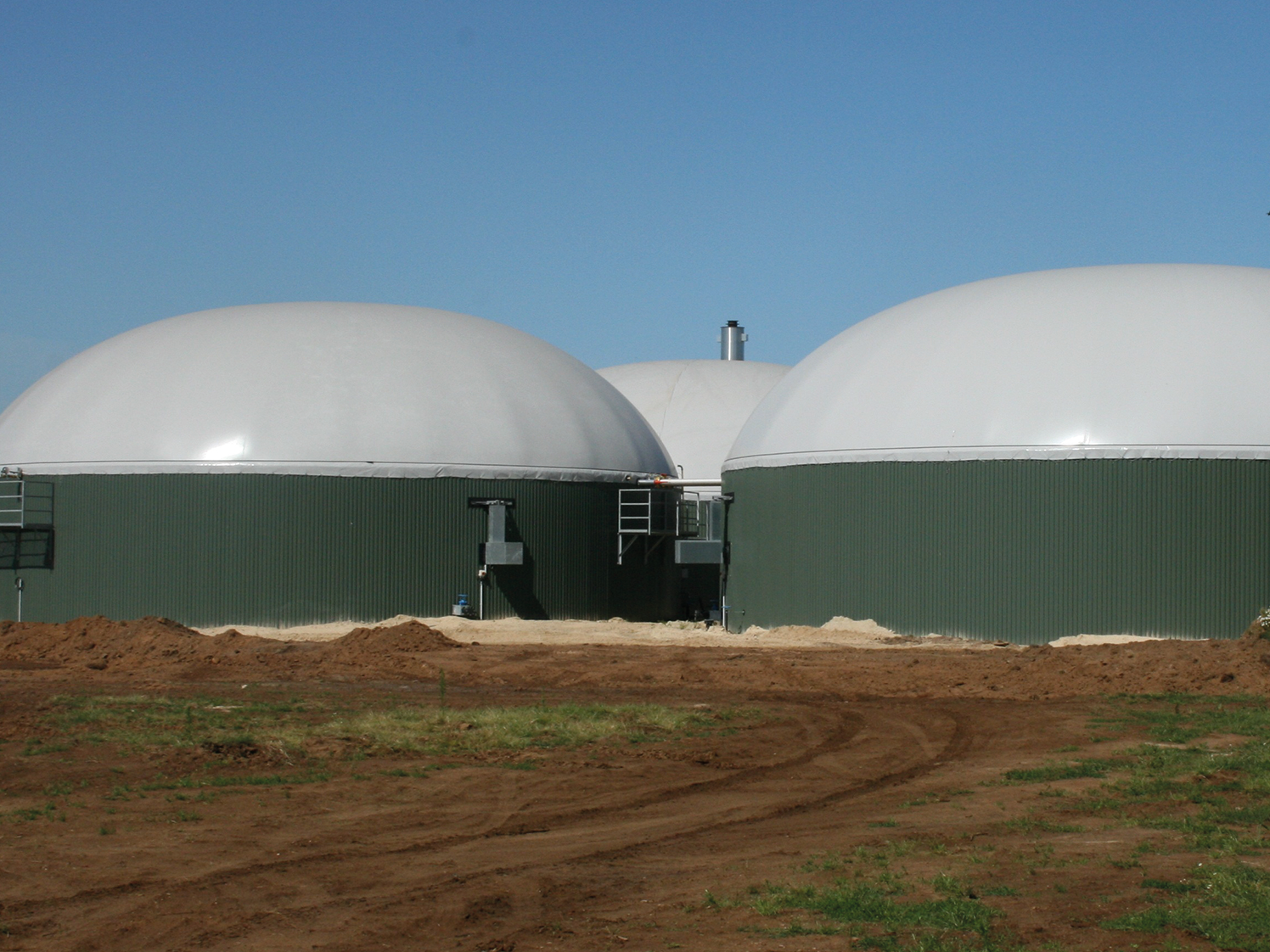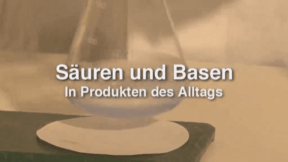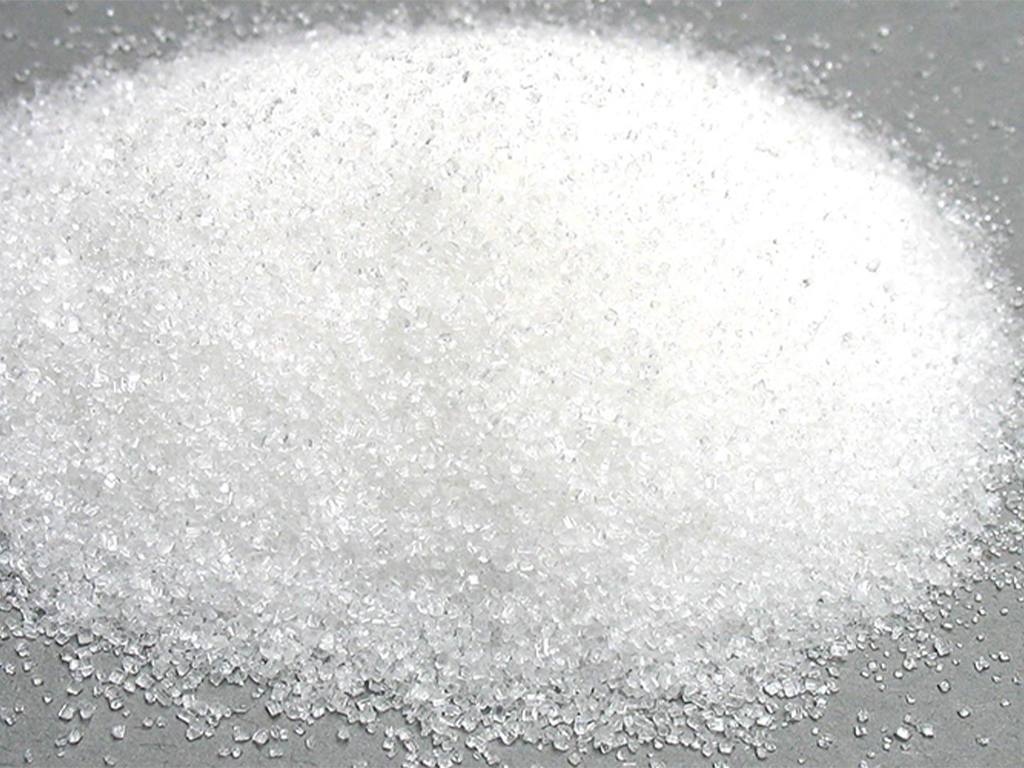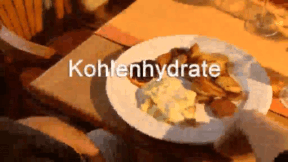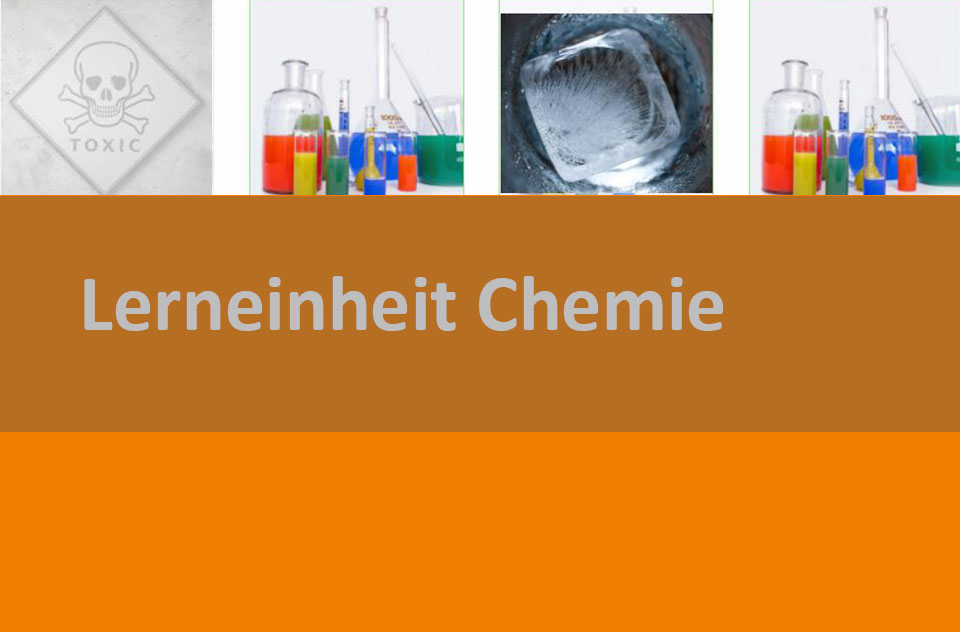
55502508
Stoffe des Alltags
In 10 interaktiven Aufgaben und interaktiven Videos wird Wissen zu den Eigenschaften von Stoffen vermittelt und anschließend abgefragt.
Das Medium bietet H5P-Aufgaben an, die ohne zusätzliche Software verwendbar sind.
Durch interaktive Aufgabentypen wird das audiovisuelle und interaktive Lernen einfach.
Lernen macht jetzt Spaß!
Included Tasks
- I Einführung - Mit den Sinnen unterschiedliche Stoffe erkennen - Aufgabe mit Video
- II Aggregatzustände am Beispiel des Wassers - Aufgabe mit Video
- III Stoffe - Wortsuchsel
- IV Herstellung von Beton - Aufgabe mit Video
- V Stoffe im Alltag - Finde die Bildpaare
- VI Löslichkeit und Trennung von Stoffen - Aufgabe mit Video
- VII Magnetisierbarkeit - Aufgabe mit Video
- VIII Magnet - Wortsuchsel
- IX Härte und Dichte - Aufgabe mit Video
- X Was sind Stoffgemische? - Aufgabe mit Video
Curriculum-centred and oriented towards educational standards
Matching
Acids and Bases
We can find acids and bases in every supermarket, some of them in our food, others in cleaning agents. In everyday products, acids and bases as well as acidic and alkaline reacting salts have extremely different functions. In food, acids are either present or added as flavouring agents such as citric acid, tartaric acid and acetic acid, as antioxidants such as ascorbic acid or generally as acidifiers, sequestrants (citric acid and tartaric acid) and preservatives (acetic acid).
Carbohydrates
The term carbohydrate or saccharide is a collective name for all substances with the chemical formula Cn(H2O)n. Carbohydrates are the basis of nutrition. They are part of our diet as starch, glucose (grape sugar), fructose (fruit sugar), lactose (milk sugar) and saccharose (beet, cane or table sugar). Important suppliers of carbohydrates are potatoes and cereals such as rice, wheat, maize, millet, rye and oats. The various carbohydrates in our foods are introduced to the pupils. The characteristics of polysaccharides, disaccharides and monosaccharides are explained to them and in which foods these substances occur and how they are structured. In addition, the different origins of starch, starch degradation products, gelling agents as well as sugar alcohols in confectionery are dealt with. The DVD shows how various substances can be detected with the help of chemical processes. Together with the extensive accompanying material the DVD is ideally suited for use in the classroom.




